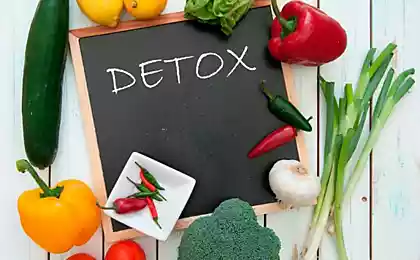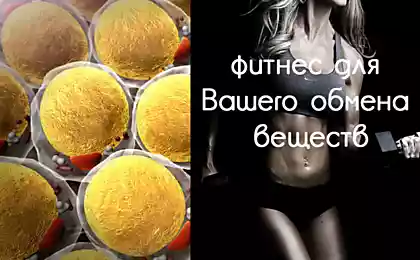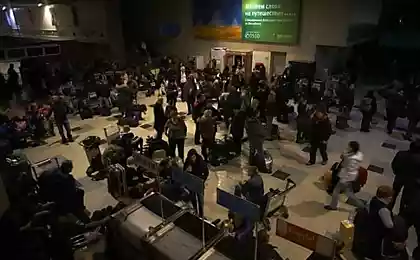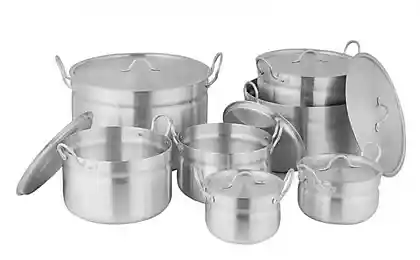853
As the human body generates electricity

We know that the human body is "working" on the basis of electrochemical reactions. How, then, our bodies are able to generate electricity?
Think of high-school physics in each atom has a number of protons, electrons and neutrons. Typically, the number of electrons equals the number of protons, which allows you to maintain a neutral balance of particles. Electrons are located at different distances from the center of the atom with protons and neutrons: the farther from the nucleus rotates electron, the greater its potential energy. The so-called valence electrons (located on the outer orbits) can leave the atom, even with a slight third-party influence. The phenomenon of movement of electrons from one atom to another and call an electric current.
In humans, there are a plurality of chemical substances (e.g., oxygen, potassium, magnesium, calcium or sodium), reactions which together contribute to the appearance of electrical energy. Among other things, it is in the process of so-called "cellular respiration" - extracting the cells of the body the energy needed for life.
Each of the molecules of these chemicals may create a negative or positive electrical pulse depending on the particular purpose. For example, in the human heart have cells that are in the process of maintaining the cardiac rhythm absorb sodium and excrete potassium, which creates a positive charge in the cell. When the battery reaches a certain value, the cells acquire the ability to influence the heart muscle.
"Cellular respiration" - just one of the chemical processes of the body, contributing to the production of electricity. Everyone - this is a complex combination of chemical compounds, the interaction that generates an electrical charge.
©
























